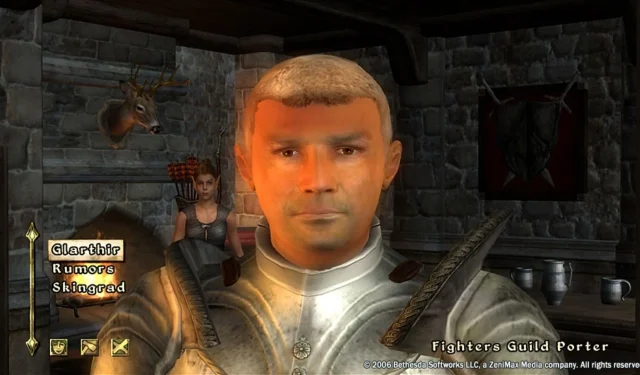Renowned for its immersive gameplay and expansive world, The Elder Scrolls IV: Oblivion is set to receive a remaster from Bethesda. As the fourth major entry in this acclaimed fantasy series, it has made a significant impact on the role-playing game (RPG) landscape. Fans of the franchise are eagerly anticipating the chance to revisit this iconic title with contemporary enhancements.
Even though Oblivion may fall short of the exceptional quality found in The Elder Scrolls V: Skyrim in certain areas, it still surpasses its successor in key aspects. This article explores five notable elements where Oblivion excels.
Five Aspects Where The Elder Scrolls IV: Oblivion Outshines Skyrim
1) Spellmaking vs. Standard Magic System
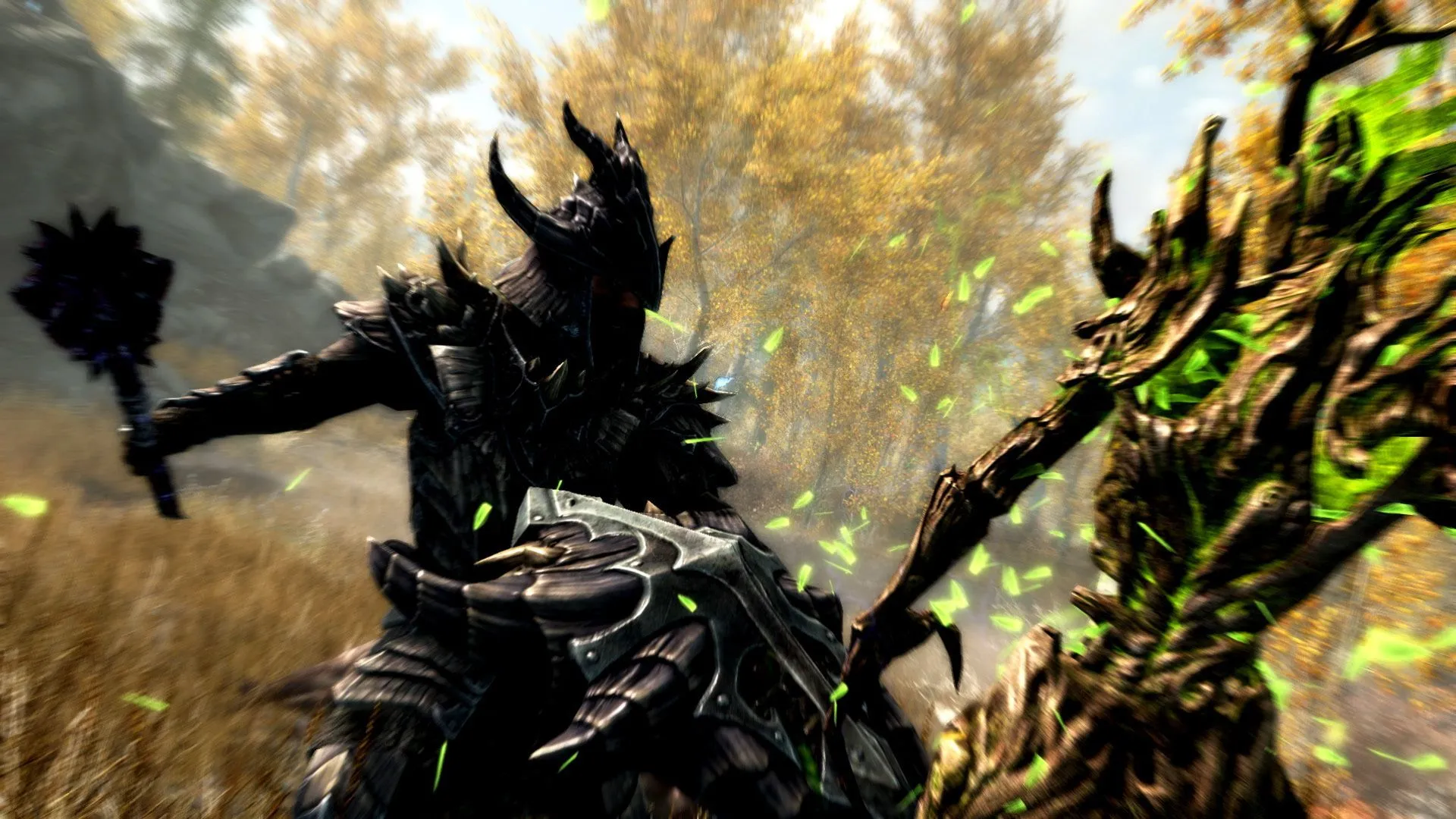
One of the standout features of The Elder Scrolls IV: Oblivion is its innovative spellmaking system, allowing players to craft bespoke spells. This level of customization reflects the franchise’s dedication to player freedom. As users progress in the game, they unlock new spell recipes, enhancing the potency of their magical abilities.
In contrast, Skyrim eliminated this feature, opting for predefined spells that limit player choice. While these spells can be used more frequently, they do not evolve, making the Mage class less appealing compared to other options available in the game.
2) Presence of Athletics and Acrobatics

Oblivion features a comprehensive skill set that includes Athletics and Acrobatics. Athletics governs players’ running and swimming efficiency, while Acrobatics affects jumping capabilities and fall damage mitigation.
Though some gamers found the leveling system cumbersome, having to engage in constant running, jumping, and swimming, it added an organic feel to character development. Skyrim, however, removes these skills, making sprinting essentially reliant on stamina management, devoid of the flair that comes with advanced Athletics or Acrobatics skills that once allowed players to perform extraordinary feats.
3) Superior Writing Quality
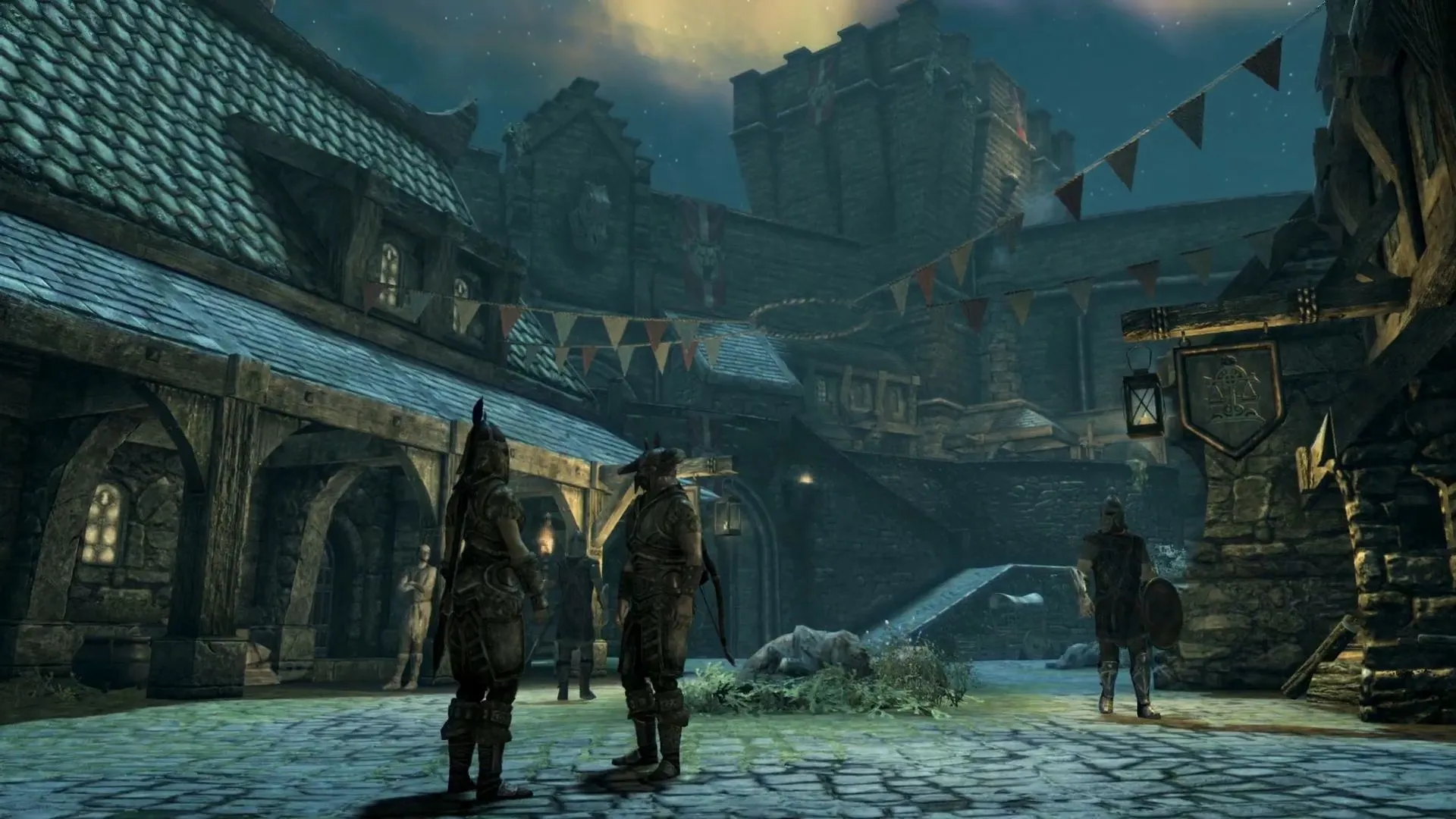
The character and quest writing in The Elder Scrolls IV: Oblivion is often regarded as superior to that of its successor. Oblivion creates a vibrant and diverse world, sometimes enhanced by its quirks. Iconic storylines such as those from the Dark Brotherhood or the Thieves Guild deliver wonderfully engaging quests. One standout mission, “Whodunit?”, transports players into a thrilling murder mystery unlike any other.
While not dismissing Skyrim’s achievements in storytelling, it’s clear that Oblivion’s ability to craft memorable and engaging narratives sets a high benchmark within the franchise.
4) The Ambitious Radiant AI
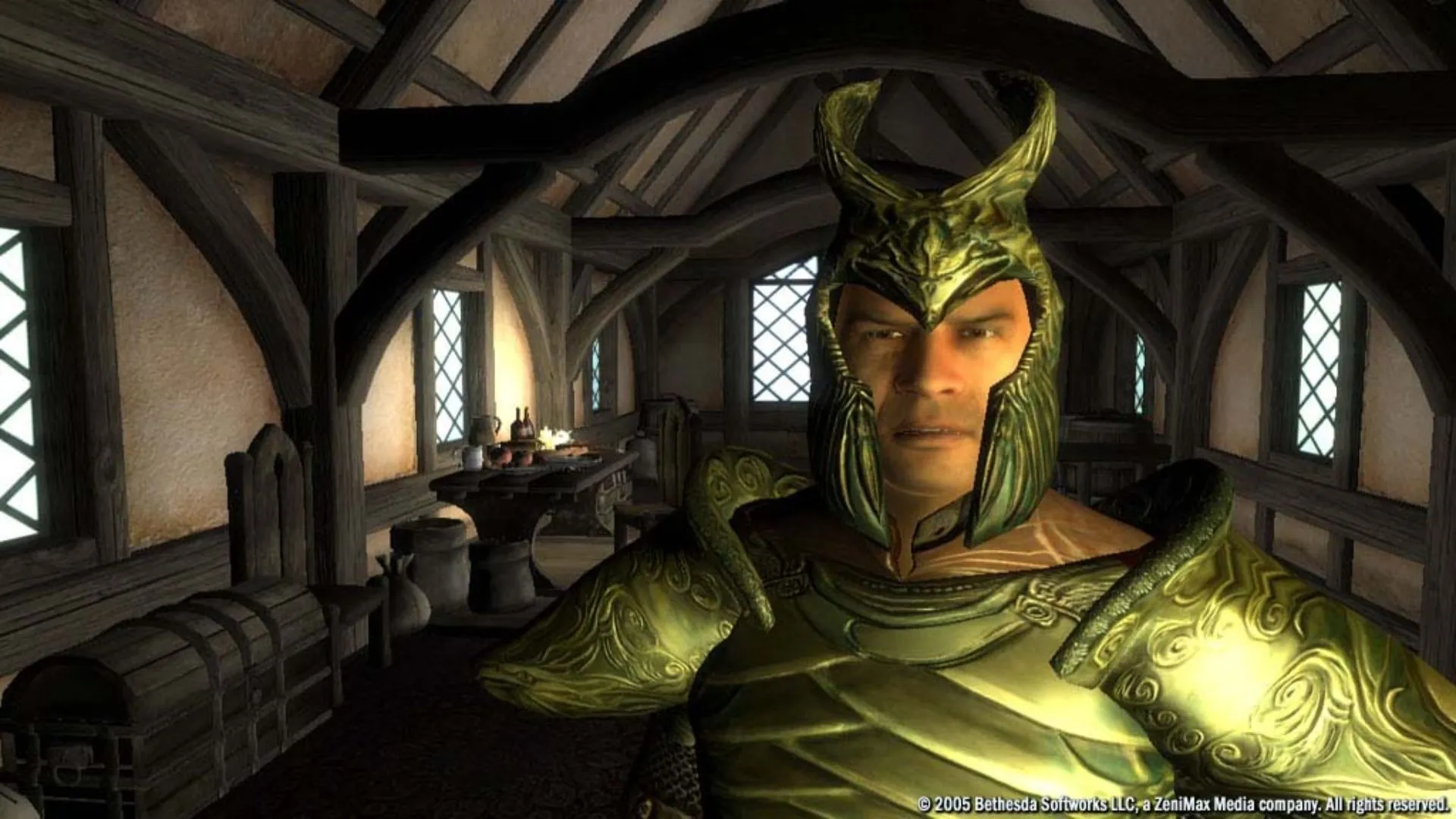
Oblivion introduced the innovative Radiant AI system, designed to enrich NPC interactions and overall immersion. NPCs were assigned goals, allowing them to autonomously pursue their objectives—an upstanding citizen would seek food when hungry, while a criminal would resort to theft.
With Skyrim, this ambitious AI concept saw significant reductions in complexity. Players looking for the more dynamic NPC behaviors of Oblivion are encouraged to install mods like AI Overhaul or Immersive Citizens, though these modifications might introduce compatibility issues.
Despite its shortcomings, Oblivion’s Radiant AI remains an admired feature, offering players unique experiences that feel less scripted compared to the sequences found in Skyrim.
5) An Incremental Technological Evolution
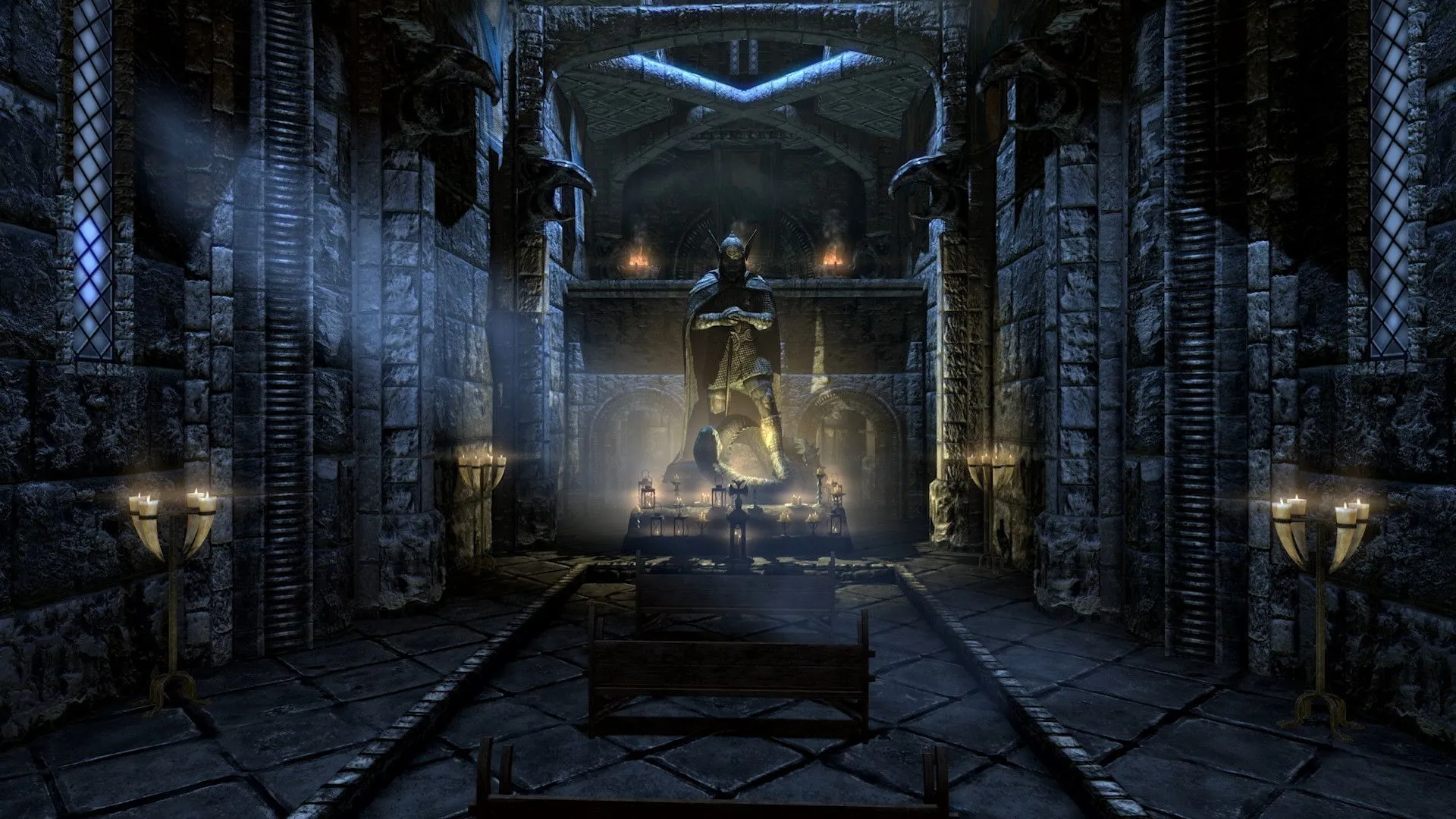
The transition from The Elder Scrolls III: Morrowind to Oblivion marked a substantial technological leap, characterized by improved visual fidelity and a map that more than doubled the size of its predecessor. A four-year development cycle allowed for these significant enhancements.
While Skyrim did refine graphical elements and visual effects considerably, it ultimately reduced the explorable map size by approximately four kilometers. Notably, players experienced some limitations, such as decreased NPC freedom and the removal of specific skills. Despite a five-year development timeline and a focus on aesthetic appeal, the less expansive gameplay experience and the need for extensive modding to restore some functions are points of contention among players.
